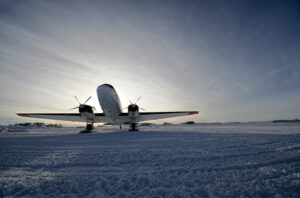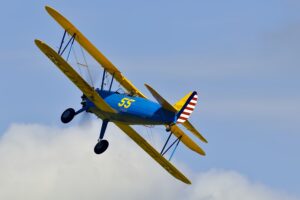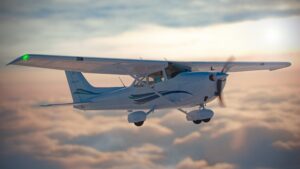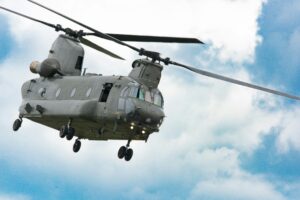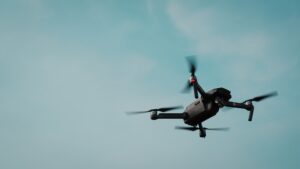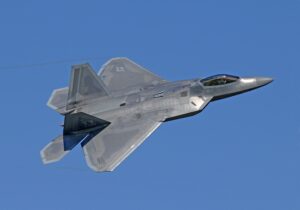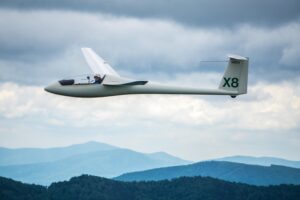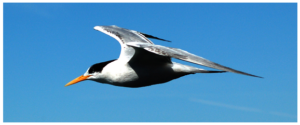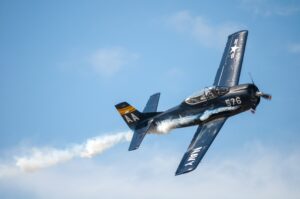“The air is still; It is the airplane that moves.”
– From page 22 of Stick & Rudder, An Explanation of the Art of Flying by Wolfgang Langewiesche, 1944
To sum up this page in one sentence: Neglecting turbulence, all airplanes fly in still air with the wing passing through the air, not with air flowing over the wing. When a hot-air balloon leaves the ground, it becomes part of the moving air mass. The passengers experience no wind. It is as if the balloon were stationary and the Earth were moving below them. It is the same for an airplane in flight.
When an airplane takes off, it becomes part of the moving air mass. That is why there is often a large discrepancy between the ground speed and direction and the airplane’s air speed and direction. The early biplanes had only an altimeter (a barometer) and a magnetic compass. Above the clouds, a pilot could not determine if there was a 100-mph headwind, tailwind, or crosswind. They were flying in still air.
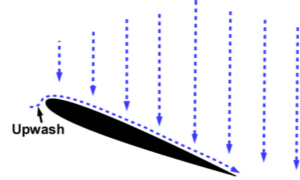
So, what are the implications of this? It means that the wing is moving through the air, not the air over the wing. Swing your flattened hand through the air. It is your hand moving, not the air. If one were standing on a high hill watching an airplane fly by and had the power to see the air motion, Figure 1 is what they’d see. A great deal of air is drawn down by the descending upper surface of the wing, producing the lift. A minimal amount of air is drawn over the wing’s surface by lowering the pressure. This small quantity of air does not produce lift.
But what about in a wind tunnel where the air does flow over the wing? The wind tunnel view is exactly what one would see if they were standing on the wing rather than on the hill or in a balloon. Likewise, if one were moving with the air in the wind tunnel, say on a feather with a camera. Figure 1 is exactly what one would see. The physics is the same. The physics of the lift on the wing cannot depend on the observer. What has changed is the Frame of Reference.
